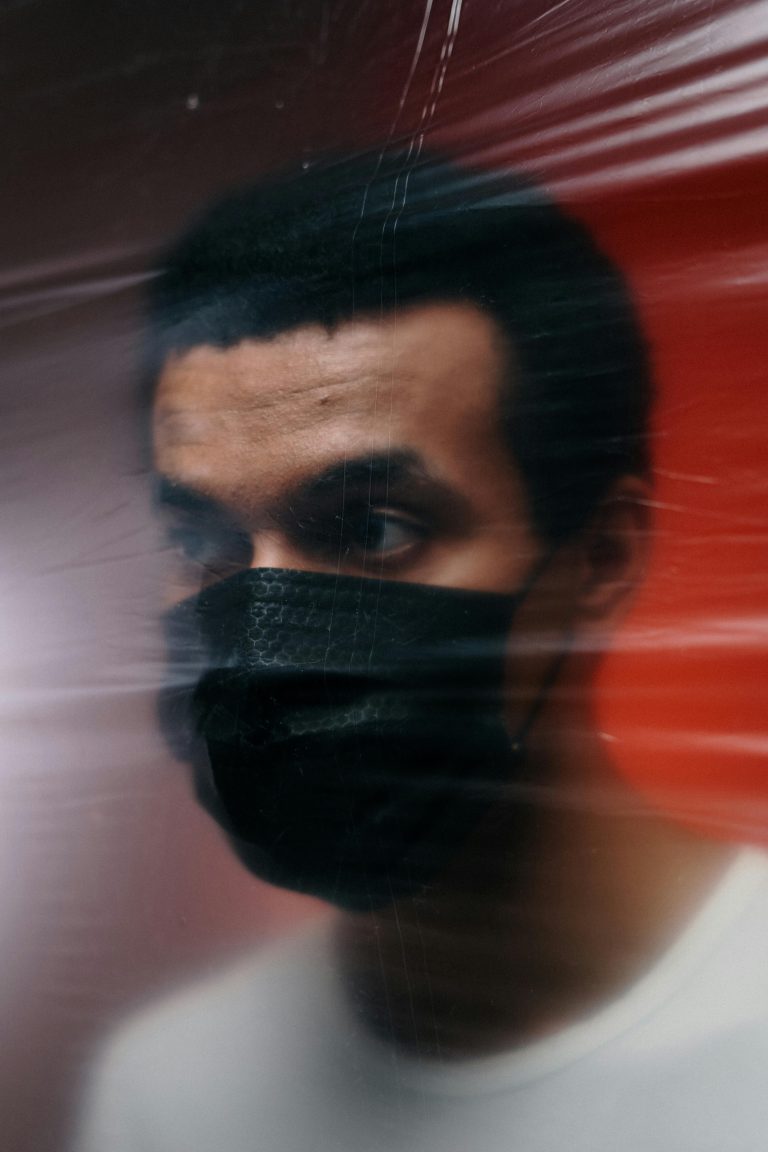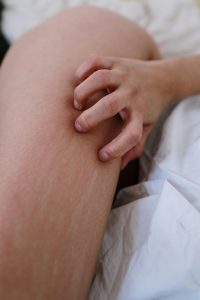Monkeypox has emerged as a global health concern, with cases reported in various countries, including Singapore. Gaining a clear understanding of monkeypox, its symptoms, transmission, and preventive measures is essential for safeguarding health.
What is Monkeypox?
Monkeypox is a viral disease caused by the monkeypox virus, which belongs to the Orthopoxvirus genus. It is related to smallpox but generally causes a less severe illness. Monkeypox is characterized by fever, rash, and swollen lymph nodes, and can be transmitted from animals to humans as well as from person to person.
Symptoms of Monkeypox
Symptoms of monkeypox typically appear within 1 to 2 weeks after exposure and may include:
- Fever: High fever is often one of the initial symptoms.
- Rash: A rash that progresses from flat spots to raised bumps and eventually forms scabs, often starting on the face and spreading to other parts of the body.
- Swollen Lymph Nodes: Lymph nodes in the neck, armpits, or groin may become swollen and tender.
- Headache: Severe headache is common in the early stages of the disease.
- Muscle Aches and Fatigue: General body aches and a feeling of fatigue can occur.
- Sore Throat and Cough: Some individuals may experience a sore throat or cough.
If you develop these symptoms and have been in contact with someone diagnosed with monkeypox or have traveled to an affected area, seek medical advice promptly.
Transmission of Monkeypox
Monkeypox can spread through several routes:
- Animal-to-Human Transmission: Contact with infected animals, such as rodents or primates, through their bodily fluids, or handling their meat.
- Human-to-Human Transmission: Through direct contact with bodily fluids, lesions, or respiratory droplets from an infected person.
- Contaminated Objects: Contact with contaminated objects or surfaces, such as bedding or clothing, used by an infected person.
Preventing Monkeypox
To reduce the risk of monkeypox infection:
- Avoid Contact with Infected Animals: Refrain from handling wild animals and seek medical advice if you encounter sick animals in areas where monkeypox is present.
- Practice Good Hygiene: Regularly wash your hands with soap and water, or use hand sanitizer with at least 60% alcohol.
- Avoid Close Contact with Infected Individuals: Minimize close contact with people showing symptoms of monkeypox, and avoid sharing personal items.
- Use Personal Protective Equipment: Wear appropriate protective clothing and equipment if you are caring for an infected person or handling potentially contaminated materials.
Treatment and Management of Monkeypox
There is no specific treatment for monkeypox, but supportive care can help manage symptoms:
- Symptom Management: Use over-the-counter medications to alleviate fever, pain, and itching.
- Isolation: Infected individuals should isolate themselves to prevent spreading the virus to others.
- Medical Attention: Seek medical care for severe symptoms or if you have concerns about your health.
For detailed information and guidance on monkeypox, consult with Igaku. Our healthcare professionals offer personalized advice through in-person consultations at our clinics or teleconsultations to help you stay informed and healthy.
Read our other articles here.






